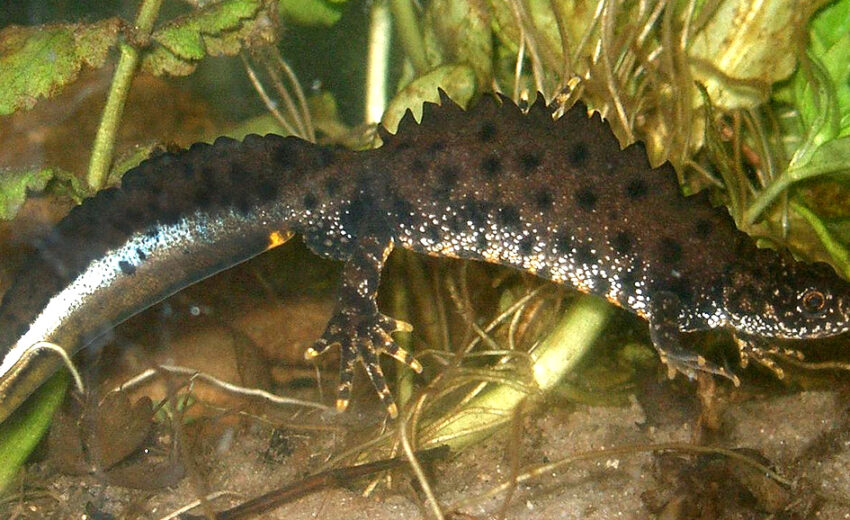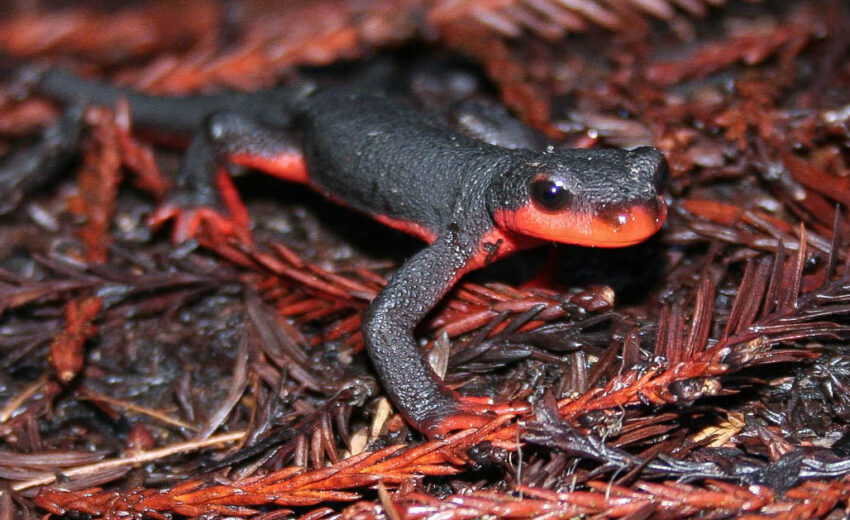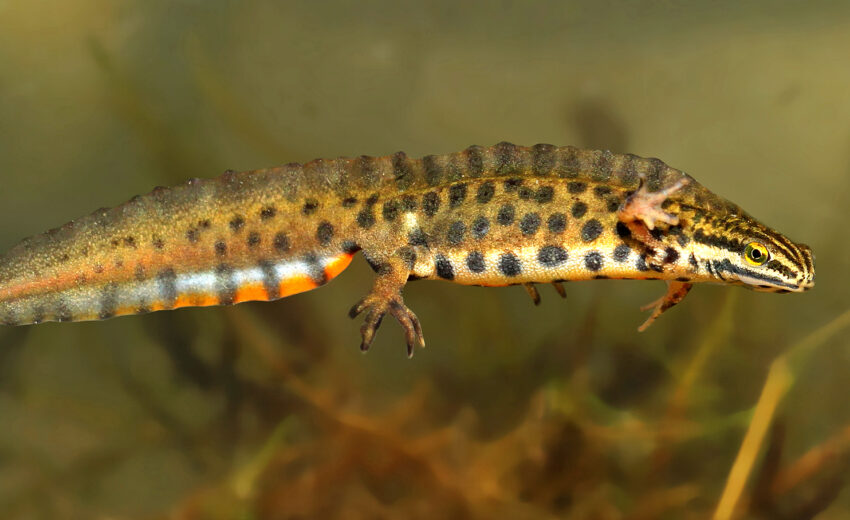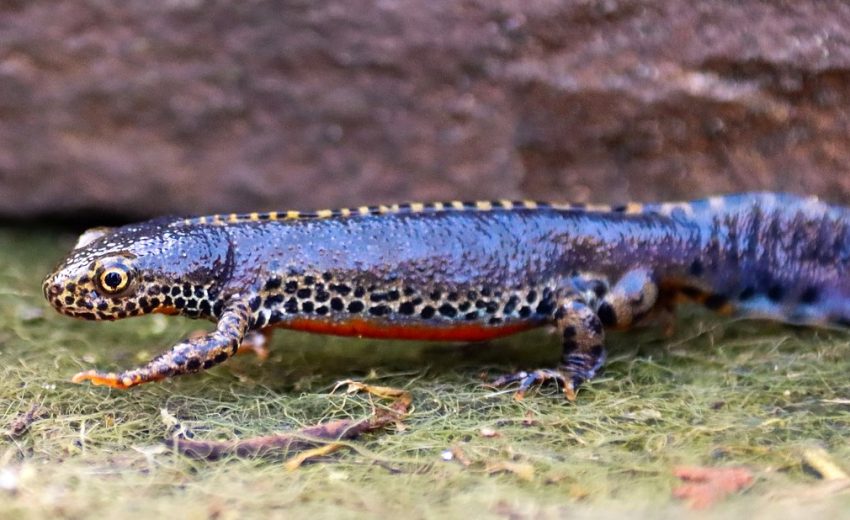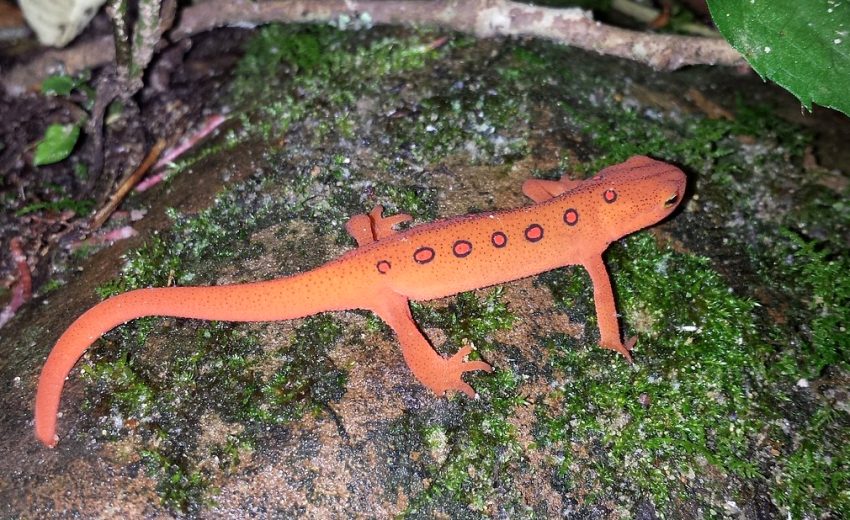The northern crested newt, aka warty newt or great crested newt, hails from Europe to western Asia. These critters have the largest range of any European newt species. They prefer groves, deciduous woodlands, conifer woods,
- Zoology
- Daily Critter Facts
- For Teachers
- Study Guides
- Diseases & Parasites
- Contact

